2010 vs. 2020: Demographic differences within a decade
GBHS alumni and students share their experiences in regards to embracing their identity in a white majority district

Despite maintaining a white majority presence, Granite Bay High School’s demographics have diversified over the last decade.
Over the last decade, the demographics of GBHS have become more diverse with a growing minority population.
According to the GBHS 2009-10 School Accountability Report Card, 24.8% of enrolled students were students of color, with a predominantly white majority of about 75.2% of the population. In contrast, according to the GBHS 2018-19 SARC, about 28.1% identified as students of color, with 66.2% of students identifying as white.
While unique identities and backgrounds provide opportunities for growth, they are also what create the very tensions between individuals. Although GBHS is continuously growing in efforts to provide greater inclusivity, its past seems to have been less comprehensive, in terms of both the academic curriculum and the student experience as a whole.
Joey McIntosh graduated from GBHS in 2011, and a majority of his experiences in high school revolved around the challenges he faced pursuing his own identity.
McIntosh identifies as gay; however, during high school, his knowledge of what that truly meant was limited.
“I think in my experience, I didn’t have any concept of what being LGBTQ was in the scheme of society,” McIntosh said. “I didn’t have any sort of knowledge about LGBTQ history in the United States, so I couldn’t pull anything from there for … my identity. I don’t think, for example, in any of my history classes, government classes, or health and safety classes, (sexuality) was really touched upon.”
In addition to the academic curriculum, McIntosh mentioned that there were not many resources available to him in regards to seeking clarity surrounding his sexuality. Although the Gender and Sexuality Alliance club at GBHS was present on campus at the time, they weren’t as vocal and prominent of a group as they are now.
Due to the lack of resources, it was difficult for McIntosh to openly discuss sensitive topics such as sexuality with his peers, while also trying to fit in.
“I didn’t feel like I was comfortable having conversations about my sexuality, or sexuality in general, because it would have been all eyes on the one or two queer people in the class,” McIntosh said.
In 2008, California Proposition 8, a ballot against same-sex marriage, was proposed, which had a tremendous affect on LGBTQ individuals in the community. For McIntosh, seeing some of his own classmates opposed to same-sex marriage was extremely painful to see.
“I remember walking to school and seeing the ‘Yes on 8’ signs, and my heart hurting so much for that,” McIntosh said. “And I remember not really feeling comfortable in school because of that – seeing peers … come out and adamantly saying yes (on the ban of same-sex marriage).”
McIntosh also encountered offensive comments from his teachers pertaining to homophobia, in which he did not feel comfortable speaking out against at the time.
“I had a Spanish teacher (who) would make jokes about men in San Francisco wearing makeup and degrading (them), and I had a Health and Safety teacher who was very demeaning to the LGBTQ culture when talking about sex,” McIntosh said. “At the time, I kind of just went with it, but looking back at it, … it was pretty terrible.”
While these hurtful experiences were memorable, McIntosh also noted that there were teachers who encouraged diversity and ensured their classroom to be a safe space for students. Some classrooms displayed a “safe space” sticker, which is designed to communicate to students within the LGBTQ community of their allyship.
“There were a lot of teachers who made it known for them to be allies and would have stickers saying that (their classroom) was a safe space,” McIntosh said. “You could always tell who was an ally, (but) with that being said, if I didn’t know somebody was an ally, I kind of assumed that they weren’t going to be on my side, or at least they acted that way.”
However, it wasn’t just in the realm of sexuality that McIntosh noticed barriers limiting students’ exposure to all different perspectives, backgrounds, and representations.
In reflection on his high school experience as a white individual in a white majority school, McIntosh recognized shortcomings within the academic curriculum and the way in which it was being taught. For example, McIntosh noticed that novels explored in English classes seemed to be portrayed through only one, single perspective.
“A lot of the books that we read were books about race, but still had a white narrative to it,” McIntosh said. “(The novels) had a main character who (was) white, and (the class was) taught by a white teacher, to a mainly white class.”
No matter the academic subject, McIntosh believes that inclusivity of all perspectives and representations within the education system as a whole is in need of improvement.
“I think, not only Granite Bay, but every school (needs) to have a no tolerance policy, in terms of anything. Racism, sexism, homophobia, and transphobia needs to be … slated,” McIntosh said. “Bring in people who aren’t just students – bring in people who are former students, or people who are trained to talk about (marginalized topics) and allowing (conversation) in settings that aren’t just school assemblies, but … more intimate (groups).”
Growing up in a relatively homogeneous community made it even more important for McIntosh to continue seeking diverse perspectives and opportunities.
“I was very involved with student government, and we were actively trying to confront ourselves about leadership, about facing biases, about working with … diverse team members,” McIntosh said. “But it wasn’t perfect in the sense of allowing… (us to be) challenged and (have) diversity of thought.”
Additionally, McIntosh was able to apply his unique high school experiences to his life and goals for the future.
“My experiences in student government had very much (prepared me for my career),” McIntosh said. “I was invested in learning and growing and trying to expand my horizons.”
His passion for advocacy and striving for a more inclusive, diverse community drove him to study international relations at UC Davis. After receiving his undergraduate degree, he began his career working with the Human Rights Campaign, the nation’s largest LGBTQ civil rights organization, advocating for equality for the LGBTQ community.
Although many students, like McIntosh, noticed that topics such as sexuality and race were barriers during their high school experience, for others it was not the major factor that set them apart from their peers.

Kaitlyn Chiu, a 2010 GBHS graduate, felt that her Asian ethnicity was not the defining factor in motivating her desire to conform to society’s expectations, but rather her disparate social class.
“I (felt) the need to fit in, although it (did not) have much to do with my racial background,” Chiu said. “My family did not have a lot of money compared to other families in Granite Bay, so I felt a lot of pressure to fit in.”
In addition to social class, Chiu also was aware of the disparities between her family’s political ideology in contrast with that of her peers.
“It was very noticeable that my peers came from Republican upper-middle class white families, and I felt very different coming from a lower middle class Asian family that was very left wing,” Chiu said. “I had to learn what was appropriate to talk about and what was inappropriate to talk about to some people. Granite Bay was much more conservative than my upbringing had been.”
In retrospect, Chiu says that as a high school student, she did not realize her intentions in attempts to fit in with her white classmates until much later.
“I did spend quite a bit of time in high school trying to fit in with white people, and I didn’t know that’s what I was doing when I was doing it,” Chiu said. “I thought (that) if I wear my hair a certain way or try to dye it or wear certain clothes … I would fit in better.”
However, despite efforts to physically fit in with her peers, Chiu was able to connect with her Asian culture through the Japanese class that was previously offered at GBHS but was later discontinued in 2016.
“I felt really lucky to go to a school that offered Japanese as a language course,” Chiu said. “(It) felt like an important place for a lot of other Asian students to come together. Even though I am not Japanese and a lot of my classmates were other various kinds of Asian, it felt like a nice alternative option to what was considered normal back then.”
Other than the Japanese course, the Anime and Manga Club was another Asian outlet on campus. However, Chiu notes that the club ironically consisted primarily of white students at the time.
Similar to McIntosh, Chiu was also involved in student government in high school, which she felt to be a safe place in regards to embracing diversity.
“Student government was more diverse than certain other groups on campus, and I felt very lucky to be a part of (it),” Chiu said. “(Student government) instilled a love for interacting and hanging out with people who were from all different walks of life.”
After graduating from GBHS, Chiu went to San Francisco State University to study international relations with a minor in religion, in accordance with her passion for studying other cultures.
“I initially started college thinking I was going to major in creative writing, (but) I scrapped that idea and went into international relations because after leaving a bubble like Granite Bay – where everyone was kind of the same and (doing) the same things to fit in – … I was really blown away by how diverse and varied everything was (in San Francisco),” Chiu said. “Post high school, I really embraced my Asian background, which I think was easier because I was in a city like San Francisco, which is actually where my family is from.”
Through greater exposure to diversity in college, Chiu realized, in hindsight, the consequential nuances of living in a predominantly white community, which was not evident to her as a high school student at the time.
“When I attended college at San Francisco State, I started to realize how westernized the curriculum was at Granite Bay,” Chiu said. “(In) AP English, we didn’t have any books that were written by people of color, history classes were very Western-centric, but I didn’t really notice that when I was in high school.”
Now, the major question in consideration is whether ten years later, has the situation changed in regards to minimizing the disparate experiences of marginalized individuals?
“I deem myself lucky to have had a strong support system both at school and at home; (however) there still have been countless challenges that I and other students of color have faced on campus,” said senior Nancy Ediagbonya, the current president of the Black Student Union at GBHS. “One common (experience) has been hearing or being called the N-word. I think almost every black student on campus has to ignore hearing a non-black student saying the N-word at least once. The saddest part is realizing that reporting the student would not result in much, therefore ignoring it would just be best.”
While the challenges faced by students of minority groups are not inexistent, Ediagbonya believes that the academic environment, although not perfect, has seemed to become more inclusive based on her experiences.
“I absolutely think that there is room for growth in the academic curriculum in regards to the perspectives being represented,” Ediagbonya said. “I will say (though, that) I have had teachers who’ve been intentional about reserving some time to speak about the perspectives of multiple cultures and religions despite the curriculum. After taking multiple IB classes, I’ve seen that it is possible for a curriculum to be inclusive and mindful of various backgrounds.”
Since 2017, new course offerings have been added to the GBHS curriculum, including AP Human Geography and IB World Religions, as well as Ethnic Studies which was implemented this current school year. This expansion of course offerings has given students the opportunity to learn more about diverse cultures and communities.
As times are constantly changing, however, Ediagbonya is optimistic that the future of GBHS will grow to become more equitable as students are more willing to use their voices to speak for change.
“Over my four years at Granite Bay, there has been a heightened awareness by students that their voices are truly powerful,” Ediagbonya said. “Of course, there still is work to be done, (but) I am hopeful that with new students entering GBHS over the years, their willingness to stand up for what is right will (improve) the experiences of students of color, the limited curriculum, and a school community that is at times, very divided.”
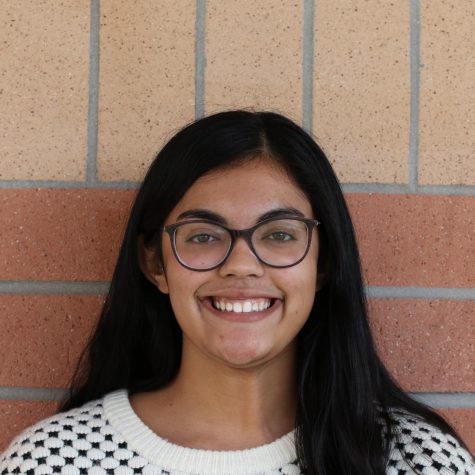
Mareesa, a senior, is one of the editors-in-chief, and this is her second year on the Gazette staff.
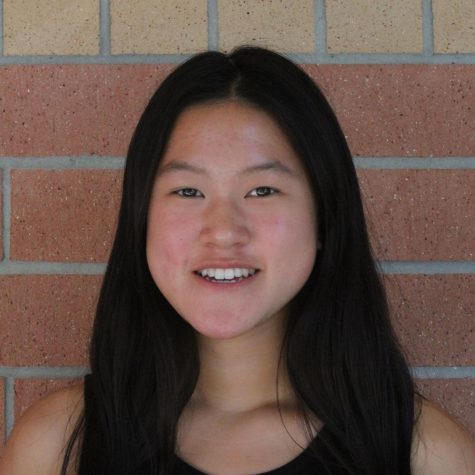
Sophia, a senior, is one of the editors-in-chief, and this is her second year on the Gazette staff.





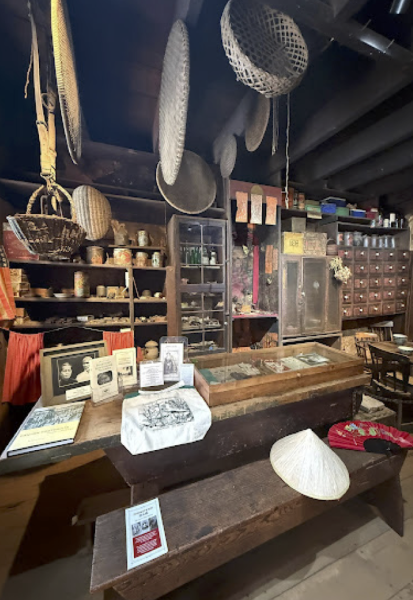

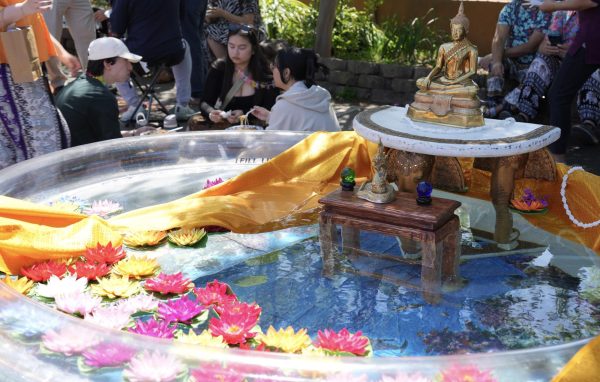

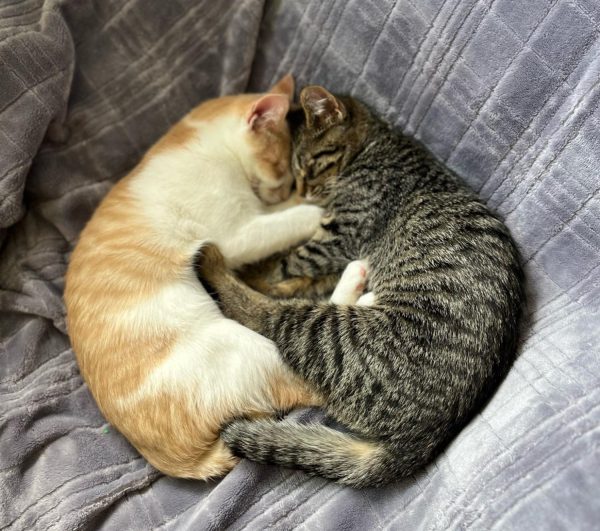
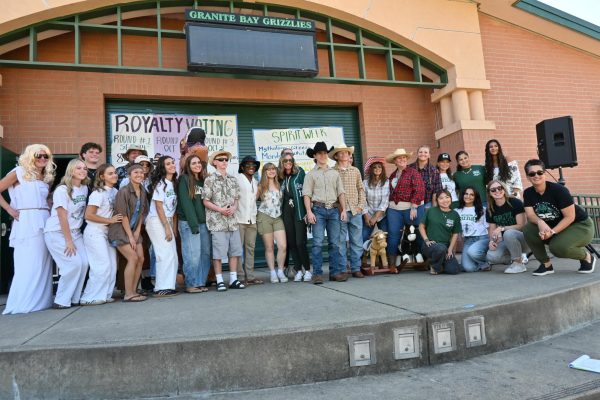
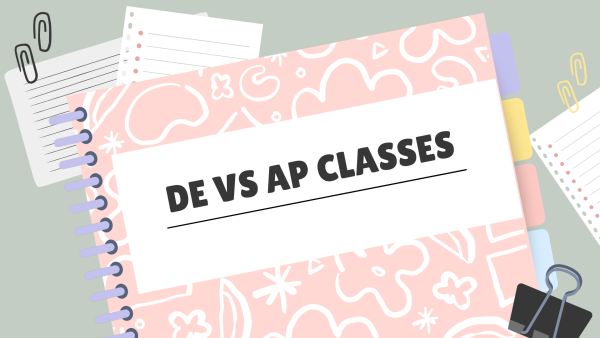
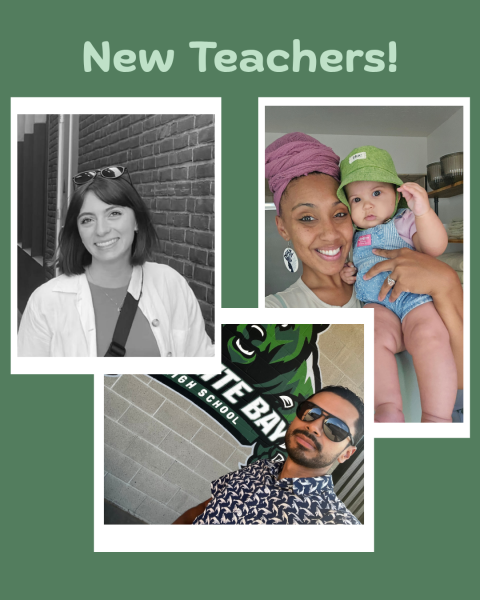
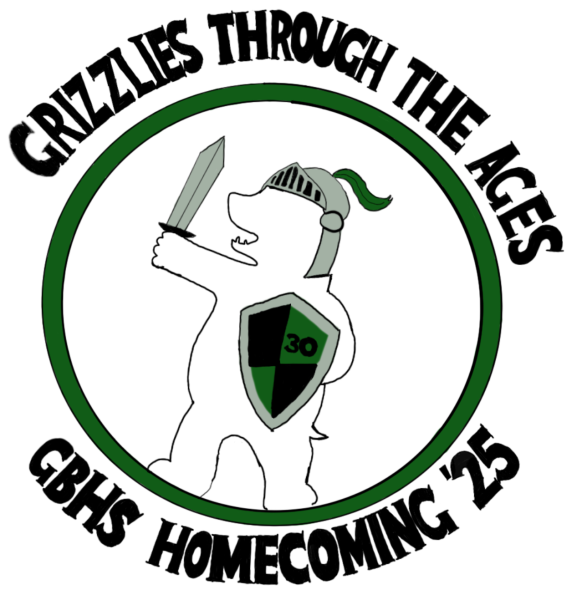

Dmitriy Teplyuk • Mar 5, 2021 at 10:36 am
I think it was great holding up your voice with facts and demographics.
TJ Antonio • Mar 5, 2021 at 10:32 am
I think its really cool to see culture and diversity. Even though the Granite Bay community has diversity, I myself have been to places such as san francisco and los angles and to see the world outside of a bubble is really cool.
Diana Al Attraqchi • Feb 19, 2021 at 10:37 am
I really like how informative this article was and you used a lot of great information.
Sarah • Feb 5, 2021 at 7:58 am
Great article, Mareesa and Sophia! I really like how your interviewee choices and the inclusion of both past and current GB students of different backgrounds. And then of course, I liked how you included the statistics, that was very insightful.